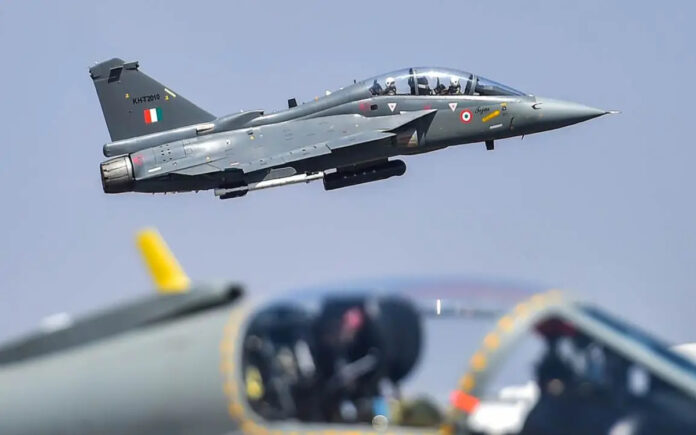New Delhi: The Indian Air Force (IAF), currently operating 32 out of a sanctioned 42 fighter squadrons, is facing significant challenges as its Tejas delivery schedule is disrupted due to delays in engine supply from General Electric (GE). Most of the IAF’s fleet comprises aging Russian aircraft that either need upgrades or are nearing retirement, and the situation is expected to worsen by the end of 2025 when the squadron strength could drop to 29.
One of the key issues is the delay in the delivery of General Electric F404-IN20 engines, which power the Tejas Mk1A fighters. According to a contract signed in August 2021, GE was to supply 99 engines starting March to support the IAF’s order of 83 LCA Mk1A aircraft. However, GE has yet to deliver any engines, despite being contractually obligated to match the rate at which HAL delivers the aircraft.
Sources indicate that GE has promised to deliver the first two engines by the end of September, but the IAF remains skeptical about meeting this deadline and the potential impact of global supply chain issues on further deliveries. The Tejas Mk1A’s first aircraft, which flew in March, did so with Category B engines—reserve engines from previous deals with GE.
HAL is optimistic about adhering to the overall delivery schedule, with new production lines set up in Nashik and Bengaluru to produce up to 24 aircraft annually. Despite this, the IAF is concerned about the future, given past delays and the urgent need to replace retiring MiG 21 Bisons.
Also Read | Indian Embassy Updates on Air India Flight Diversion to Russia
The IAF’s strategy includes negotiations with Qatar for 12 used Mirage 2000 fighters, which will come with missiles and additional engines. However, these aircraft will not meet the standard of the upgraded Mirage 2000s currently in service and may require separate training for pilots.
Looking ahead, the IAF is also preparing for the procurement of 114 multi-role fighter aircraft (MRFA), with contenders including the Rafale, F-15EX, Gripen, and F-21. The Rafale is considered a strong contender due to its recent emergency procurement.
Even with these measures, projections from 2019 suggest that the IAF will not reach its sanctioned strength of 42 squadrons by 2042. The projected fleet strength, considering current and planned inductions, will only reach 37 squadrons by then. The last time the IAF had 42 squadrons was in 2002.



